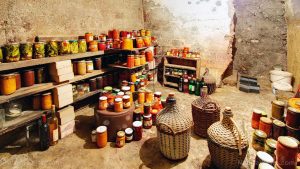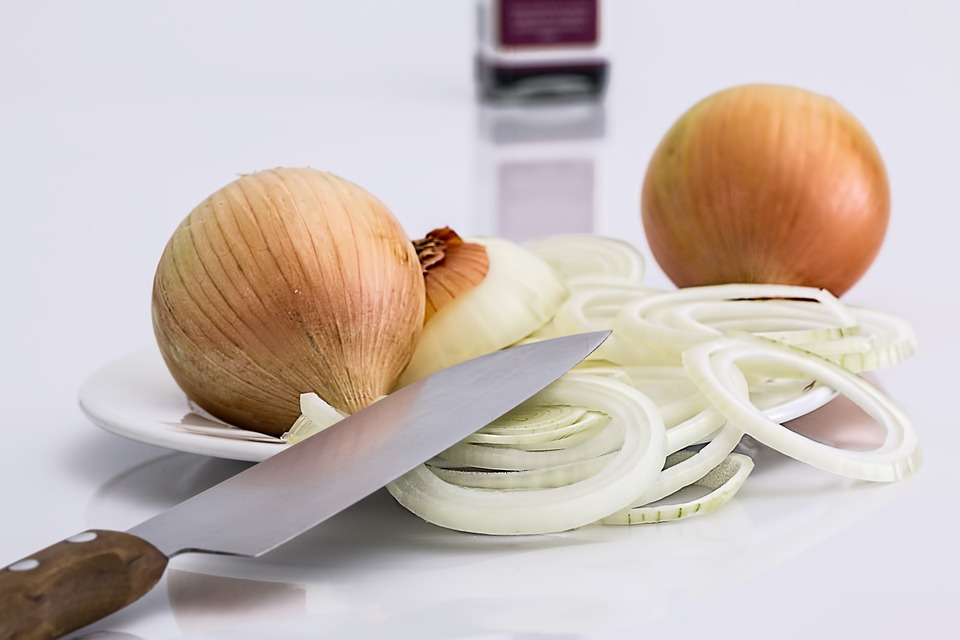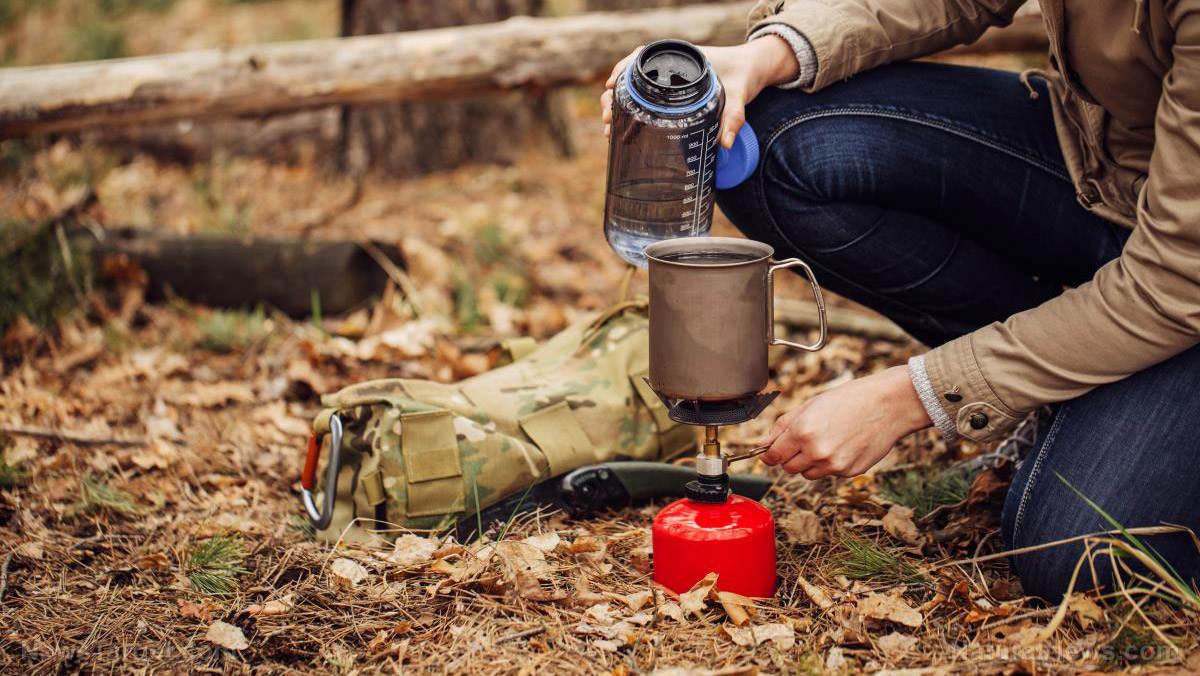How to prepare your homestead for SHTF
12/03/2018 / By Zoey Sky

Preppers know that while you can’t accurately predict when a disaster will occur, there are various ways to ensure the survival of your loved ones. First is by making the necessary preparations, such as stockpiling food and water supplies, even when things are relatively peaceful. How else can you make your homestead SHTF-ready? (h/t to ModernSurvivalOnline.com)
Plan for basic needs like food, water, and security
Food and water
Follow these tips to secure enough food and water for the whole family before SHTF. Start as early as you can, especially since some of the suggestions below require a bit of time and effort on your part.
- Stockpile home canned food that will last even without refrigeration. (Related: 4 things you’ll definitely need to temporarily live “off grid” if SHTF.)
- Set aside enough water for the whole family.
- Mark the location of fresh water sources.
- Start growing vegetables and fruits.
- Plant an orchard.
- Grow a herb garden and cultivate medicinal plants that can be used for natural remedies.
- Start a compost pile and use the compost you produce to fertilize the soil in your garden.
- Set aside manual kitchen appliances and equipment so you can cook even during a power outage.
- Make a DIY solar oven or buy one so you can cook without power.
- Set up a smokehouse so you can preserve meat even without a refrigerator.
- If you have pets or livestock, set aside pet food and animal feed. Rotate your supplies to prevent food spoilage.
- Start a hidden food forest so you have access to fresh produce if your food supply runs out. A hidden food forest can produce about five times more food per square foot than the traditional row garden. This alternative garden only needs to be planted once, and it’s often disguised to look like overgrown underbrush so no one can steal your crops.
- Set up a rainwater collection system and learn how to purify the water.
- Stock up on manual tools for gardening and other homesteading tasks.
- Consider setting up an aquaponics or hydroponics system to supplement your survival garden.
- Build a root cellar so you can preserve your crops and extend their shelf life through the winter.
- Start raising livestock for your food stockpile.
- Save seeds from your garden in case you need them for future crops.
- Take note of wild game and fishing resources near your property.
- Search for wild edibles near or around your homestead.

Security
Don’t wait until the weather worsens before you fortify your house and livestock shelters. Securing your property will also protect it from intruders.
Build storm shutters to protect windows and doors against strong winds. Secure them so your family can quickly close and lock all windows and doors even with very little warning. Reinforce door locks to keep intruders out and to deter thieves, then set up a safe room.
Clear brush and weeds around your property so you have a clear line of site and intrudes can’t sneak around your property. Arm yourself and learn how to use your firearms and ammunition responsibly. Practice using other weapons for self-defense.
Discuss the formation of a “survival group” with family, friends, and neighbors that you trust. Build a secure fence with a locked gate around your property, and set up early alert systems and other perimeter deterrents to keep out intruders.

Other tips to secure your homestead before SHTF
- Set up a manageable waste disposal system, such as a composting toilet or humanure, so you can keep your home clean even after sanitation systems shut down.
- Stockpile batteries for your gadgets and appliances.
- Install a fireplace so you can heat your home and boil water for cleaning/cooking.
- Install a backup solar or wind power system.
- Buy or create a generator for backup power.
- Hide survival caches with food supplies and backup gear near your homestead.
- Stockpile personal medications or learn how to identify and create natural alternatives.
- Set up a ham radio system so you can communicate with your survival group and monitor news and events in your area.
- Routinely inspect and make necessary repairs to your house and livestock buildings.
- Stockpile replacement parts for vehicles and manual equipment.
- Create emergency plans and assign duties for various SHTF scenarios, like a fire, intruders, or a tornado, so the whole family can respond appropriately.
- Consider bulletproof options for your vehicle and house to prevent an intruder attack.
- Establish a safe method for storing gasoline and other fuels for vehicles and for heating.
- Start growing your own fodder for your livestock.
- Improve insulation in your home or barn so you can stay warm or cool, depending on the weather.
- Establish a manual system for washing clothes.
- Stockpile firewood for heating and cooking.
- Settle all debts as much as possible. Use any extra cash to augment your stockpile.
- Think of ways to make money from your homestead even in a grid down situation.
- Stockpile items that can be used for bartering, such as cigarettes, coffee, or sugar.
These lists may seem daunting, but if you attempt some suggestions in your first year as a prepper, you will gradually amass a sizable food and water stockpile. Prepare for the worst even when things are calm so you won’t get caught off-guard when SHTF.
You can browse other articles with tips on how to stay safe when SHTF at Preparedness.news.
Sources include:
Tagged Under: Collapse, disaster, emergencies, Homestead, off grid, personal safety, preparedness, prepper, prepping, security, self-defense, self-reliance, SHTF, survival, survival gear, survival skills, survival supplies, survival tools, survival weapons, survivalist, wilderness survival




















